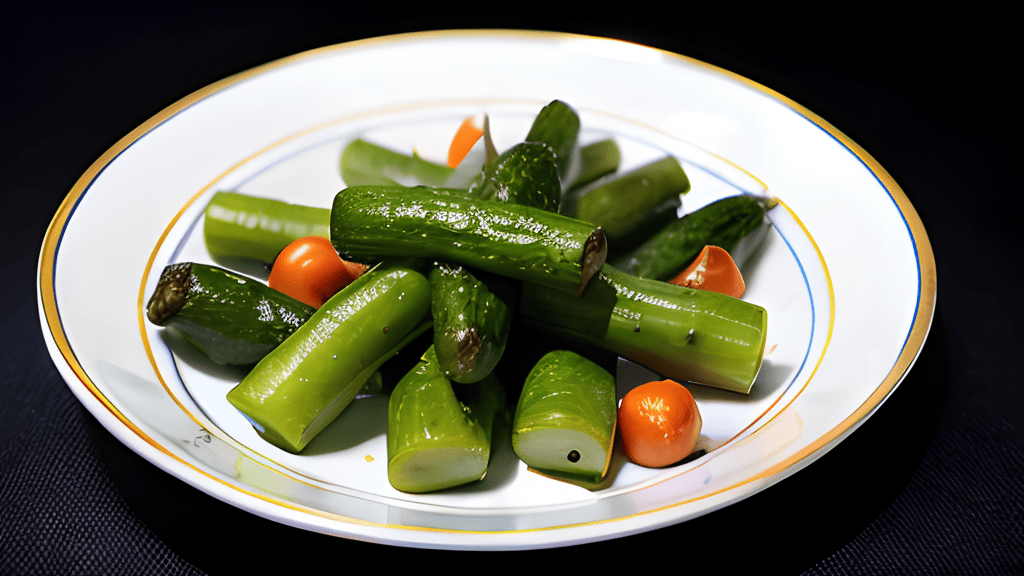
Are you feeling tired and sluggish lately? It might be because you’re not getting enough iron in your diet. Iron is a crucial mineral that helps transport oxygen throughout the body, keeping us energized and healthy.
In this blog post, we’ll dive into the importance of iron in our diets, explore some of the best iron-rich vegetables out there, and show you how to incorporate them into your meals.
We’ll also take a look at some iron-rich fruits that can boost your overall health, as well as help you sleep better at night. Join us as we rank some of the best iron-rich foods based on their nutrients, calories, and benefits.
By the end of this post, you’ll have all the information you need to start eating healthier and feeling better than ever before!
Understanding the Importance of Iron in Our Diet
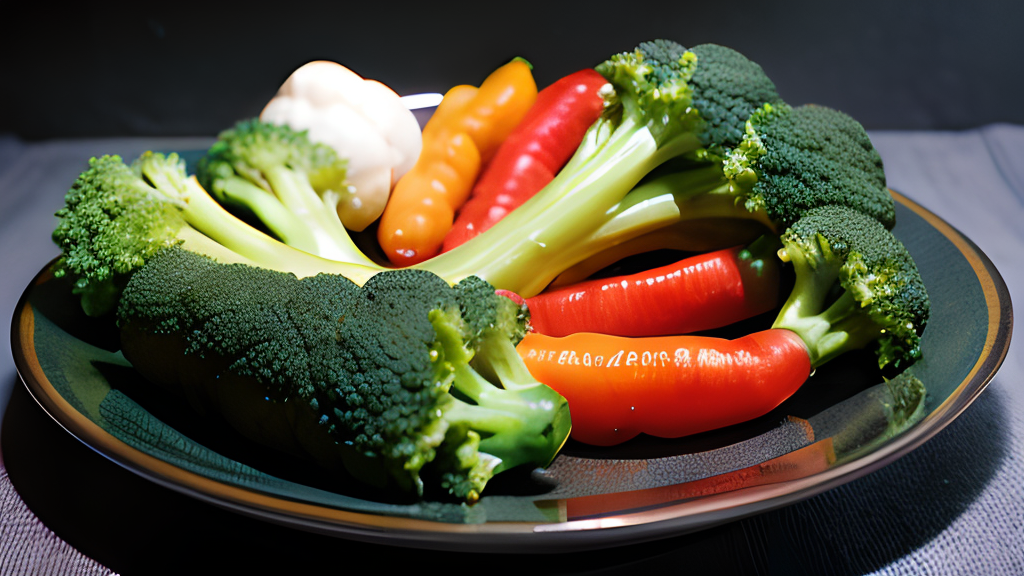
Iron plays a vital role in the production of hemoglobin, the protein responsible for transporting oxygen in red blood cells.
Along with supporting metabolism and normal cellular functions, adequate iron intake is crucial for overall health and well-being.
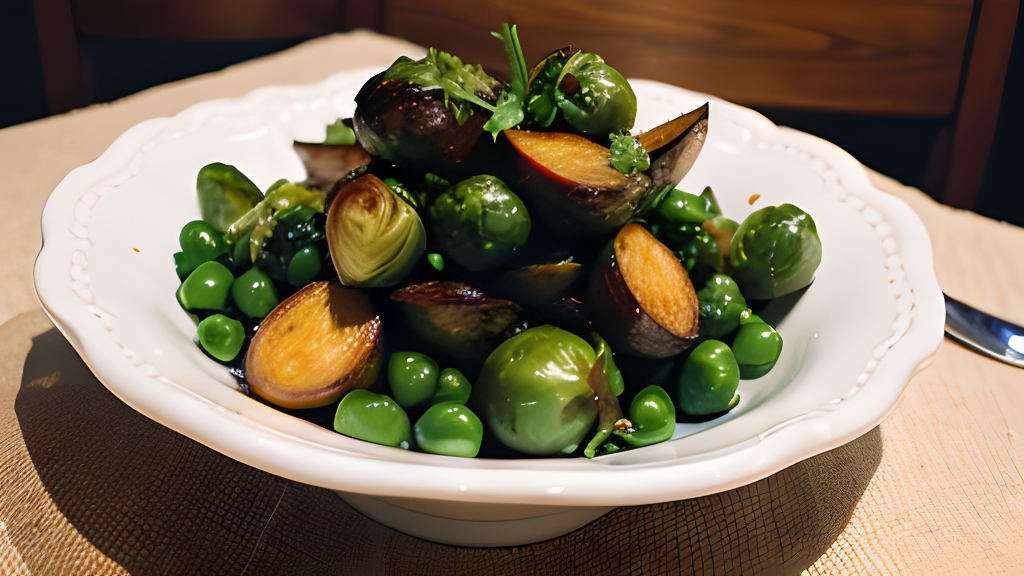
Deficiency in iron can lead to anemia, fatigue, and decreased immune function, making it essential to consume enough iron through food sources such as brussels sprouts, sweet potatoes, and green peas. For individuals at risk of deficiency, incorporating plenty of foods rich in iron like collard greens, kidney beans, sardines, and ferritin into their diet is highly recommended.
Role of Iron in Body Functions
Iron plays a pivotal role in bodily functions, including oxygen transport, energy production, and DNA synthesis. It also contributes to cognitive function, immune response, and temperature regulation, along with aiding enzyme activity, neurotransmitter regulation, and muscle metabolism.
Inadequate iron levels can hinder physical performance, cognitive abilities, and mood, emphasizing the significance of ensuring enough iron for overall physiological function.
Consequences of Iron Deficiency
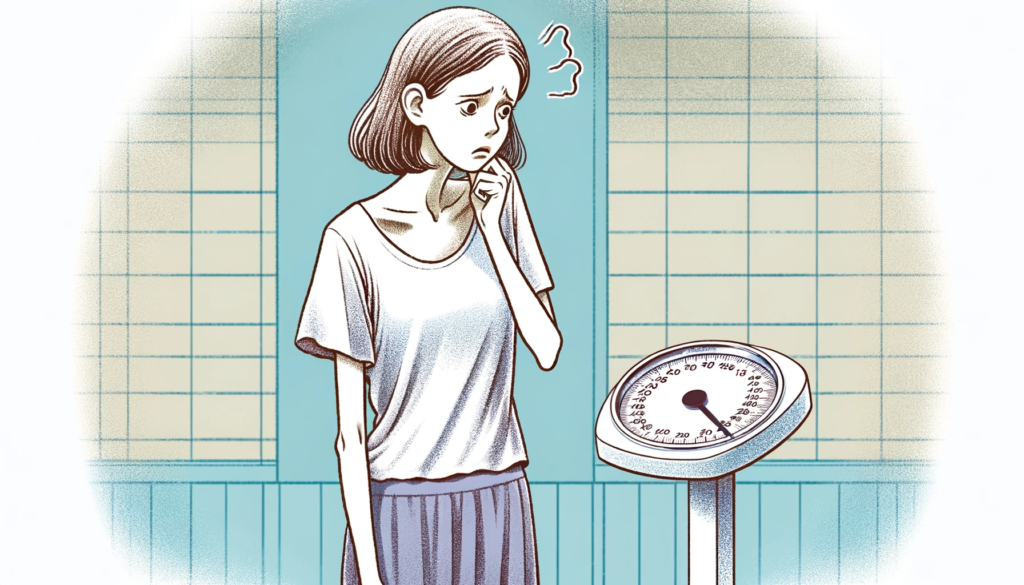
Iron deficiency can lead to anemia, resulting in weakness, pallor, and shortness of breath.
It may also cause fatigue, dizziness, headaches, and compromised cognitive abilities. In severe cases, iron deficiency can result in developmental delays, increased susceptibility to infections, and impaired work capacity.
Addressing iron deficiency via dietary changes or supplementation is crucial for preventing health complications.
Recognizing the signs of iron deficiency and seeking appropriate interventions is essential for overall well-being.
Identifying Iron-Rich Vegetables
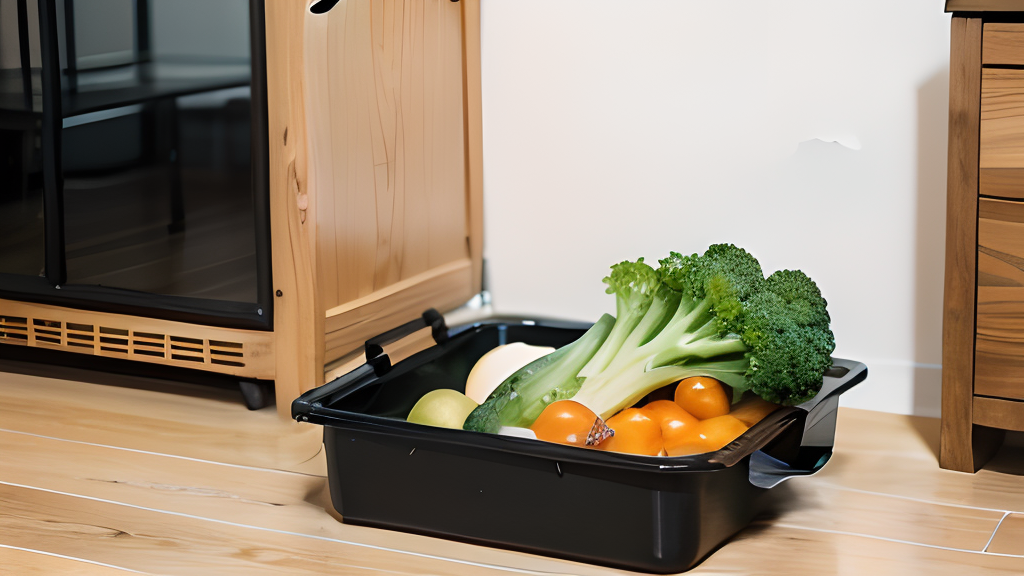
Iron is vital for numerous body functions, such as oxygen transport and enzyme activity.
Vegetables like spinach, kale, lentils, chickpeas, and broccoli are rich sources of bioavailable iron.
These plant-based foods provide both heme and non-heme iron, making them essential for meeting daily iron needs and maintaining optimal iron levels.
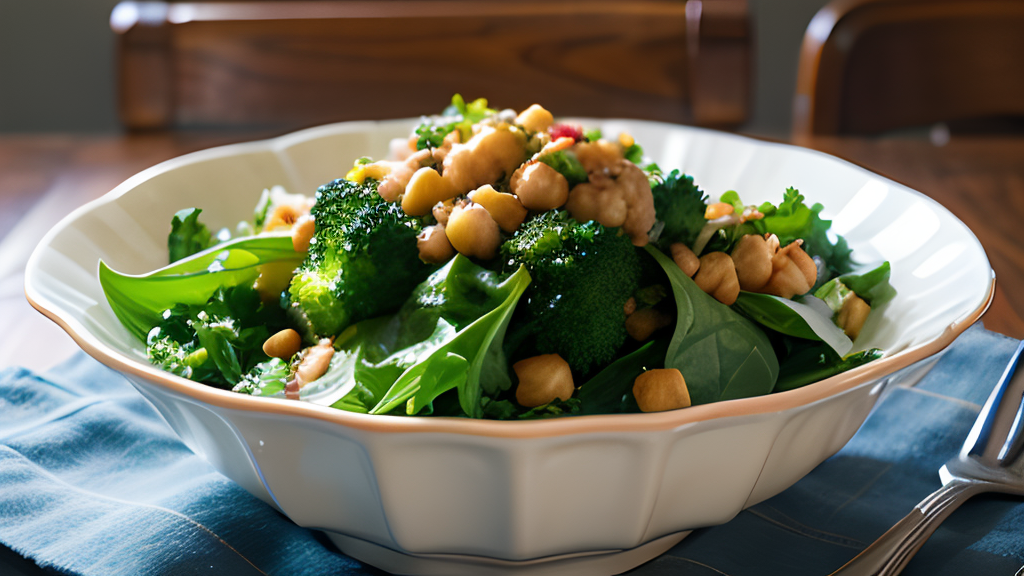
Understanding the different types of iron in vegetables guides dietary choices to ensure sufficient intake.
Incorporating a variety of iron-rich vegetables guarantees access to plenty of food sources for this essential mineral, contributing to overall well-being and providing a little iron from a lot of foods.
Leafy Green Vegetables: Spinach and Kale
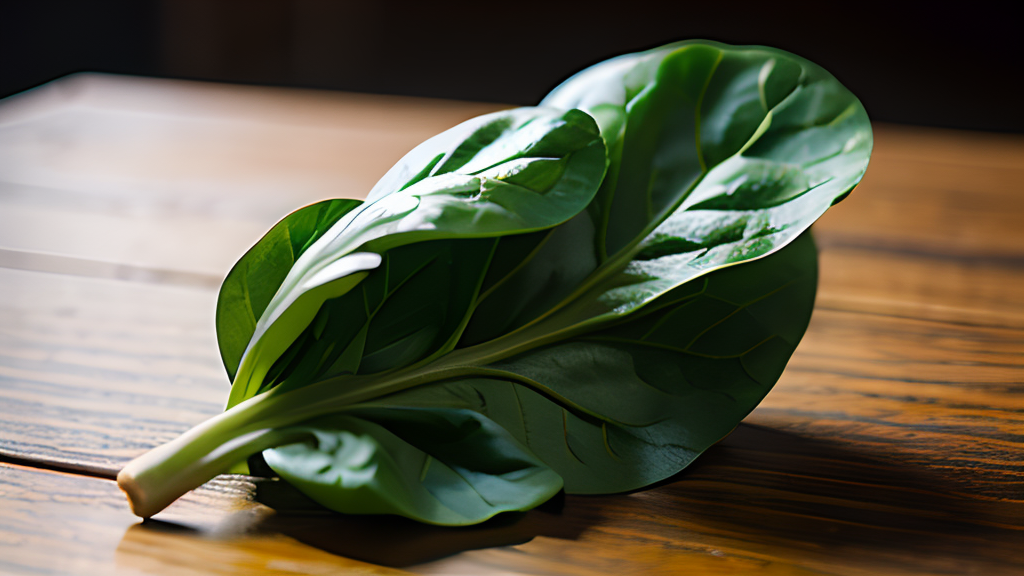
Spinach and kale, abundant in non-heme iron, also provide vitamin C, enhancing iron absorption.
Incorporating these leafy greens into meals can aid in meeting iron requirements and diversifying dietary iron sources.
Versatile and nutritious, spinach and kale can be seamlessly integrated into various dishes for added iron intake, contributing significantly to overall health.
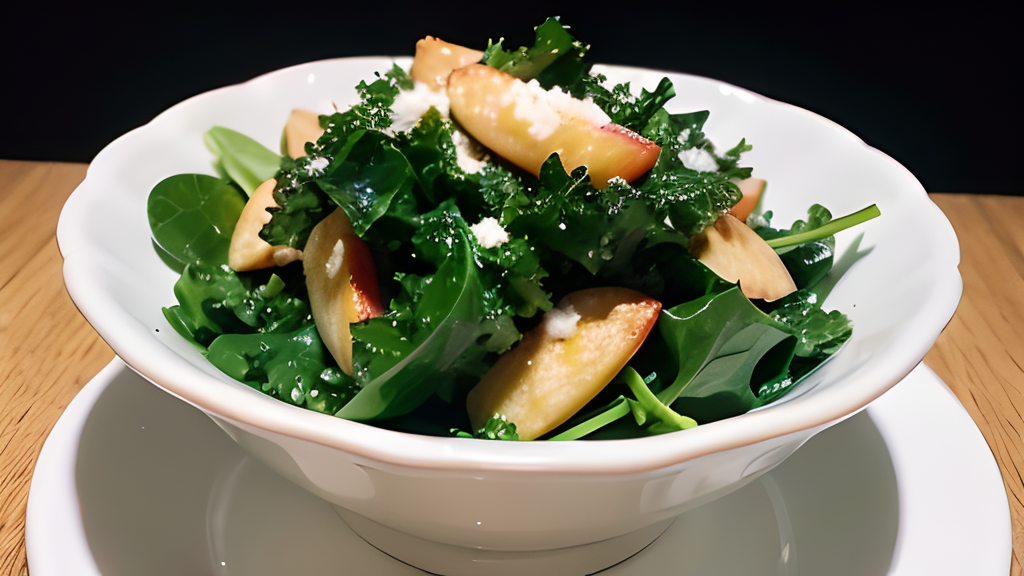
Consuming a variety of leafy greens can ensure a broad spectrum of iron sources in the diet, complementing other food sources rich in this essential nutrient, such as ounces of raw spinach.
Legumes: Lentils, Chickpeas, and Beans
Lentils, chickpeas, and beans, including garbanzo beans, are excellent sources of plant-based iron, offering fiber, protein, and other essential nutrients. Incorporating these legumes into meals provides an opportunity to increase iron intake while adding variety to iron-rich dishes.
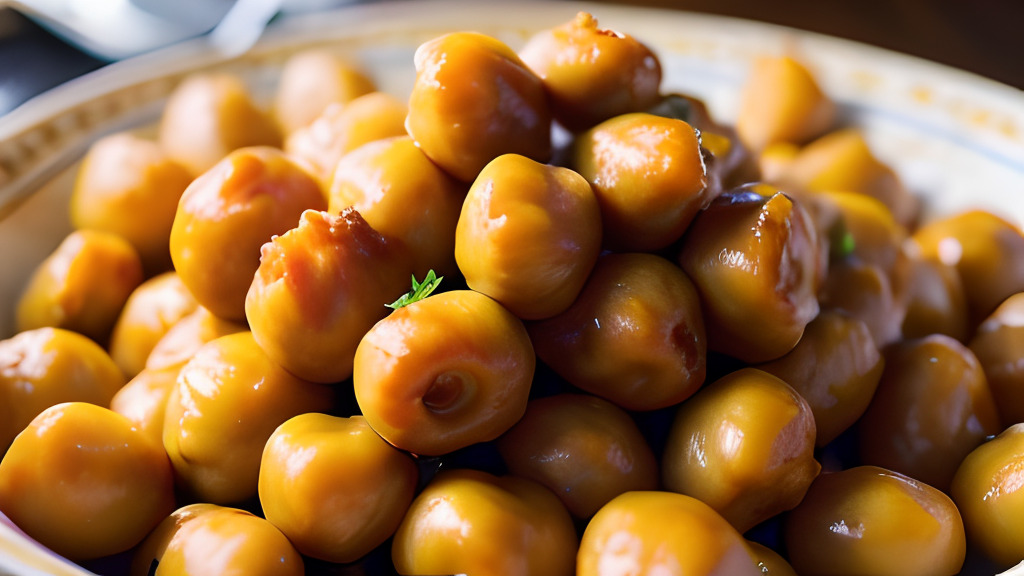
Pairing them with vitamin C-rich foods can enhance iron absorption, contributing to overall health. Exploring diverse recipes using
lentils, chickpeas, and garbanzo beans adds excitement to your iron-rich culinary experience.
Embrace the versatility of legumes, including garbanzo beans, to elevate your nutritional intake and ensure you’re getting enough iron from food sources.
Cruciferous Vegetables: Broccoli and Bok Choy
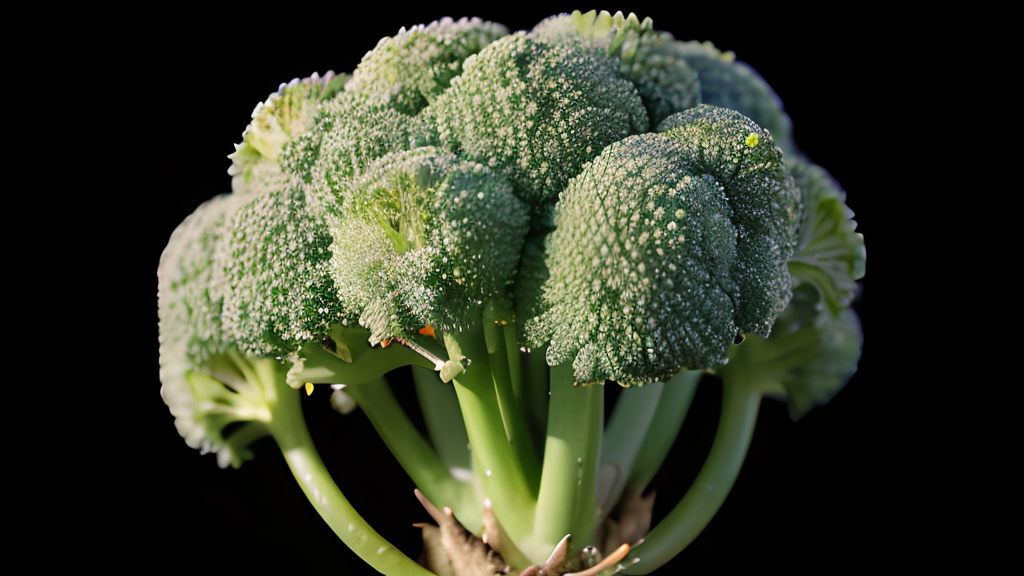
Broccoli and bok choy, being cruciferous vegetables, offer non-heme iron and are low in calories.
Along with iron, they provide a variety of vitamins, minerals, and phytonutrients, contributing to a well-rounded diet.
Incorporating these vegetables into meals not only boosts iron intake but also adds other health benefits.
Additionally, exploring different culinary techniques to prepare broccoli and bok choy can bring diversity and creativity to consuming iron-rich vegetables.
How to Incorporate Iron-Rich Vegetables into Your Diet
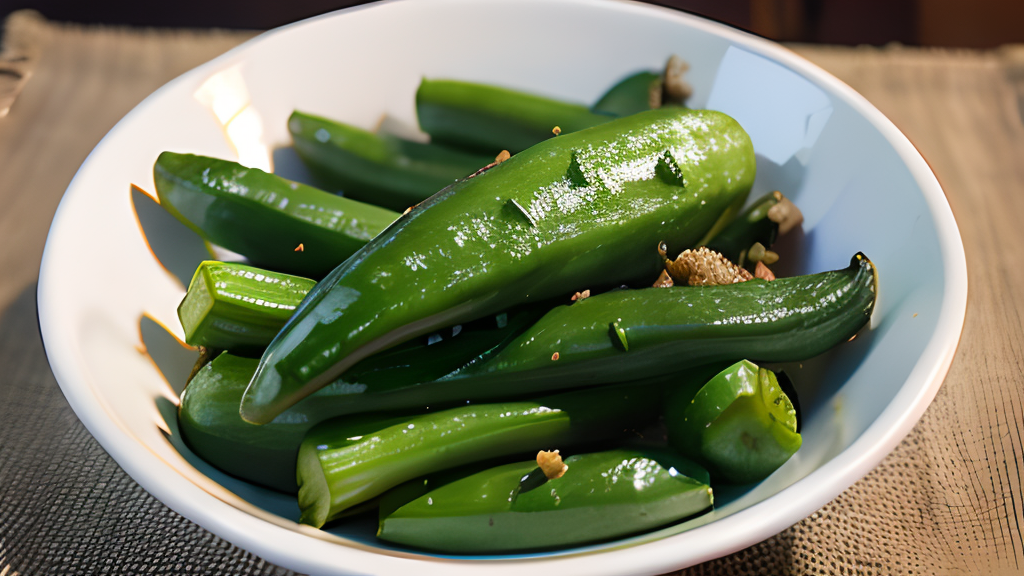
Incorporating iron-rich vegetables like quinoa into meals is achievable through various cooking methods.
Experimenting with recipes featuring these vegetables can enhance dietary iron intake while offering nutritional diversity.
Combining them with vitamin C sources optimizes iron absorption, making meal planning enjoyable and sustainable.
Exploring diverse culinary approaches contributes to a well-rounded iron-rich diet, ensuring enough iron intake without the need for supplements.
By incorporating plenty of foods such as sweet potatoes, green peas, quinoa, and brussels sprouts, individuals can ensure they are consuming adequate milligrams of iron without compromising on taste or variety.
Delicious Iron-Rich Recipes
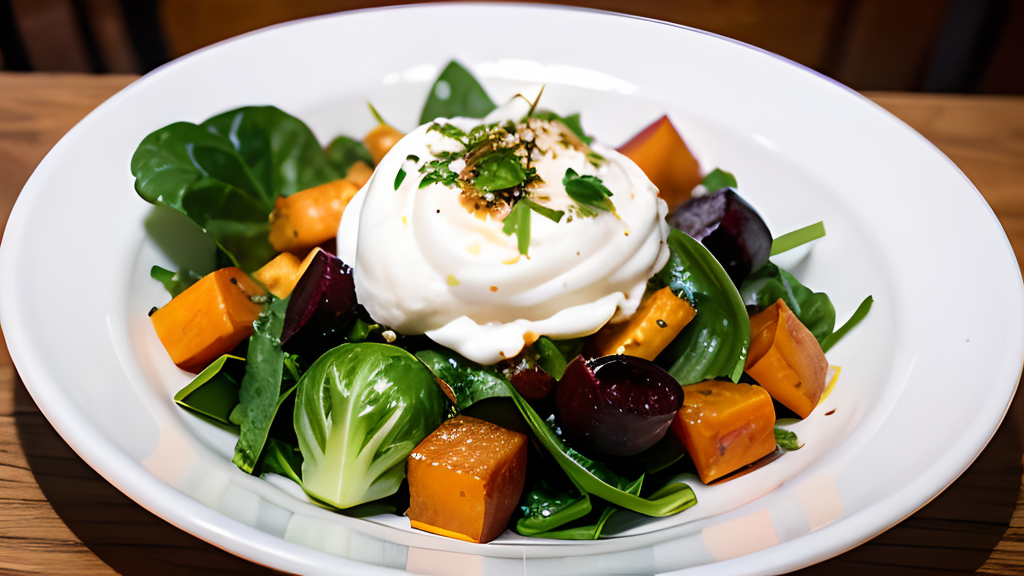
Elevating your dishes with iron-rich vegetables like swiss chard can turn meeting your iron needs into a delightful culinary experience.
From hearty soups to vibrant salads, incorporating iron-rich vegetables like swiss chard, brussels sprouts, sweet potatoes, and beet greens can significantly enhance your dietary iron intake.
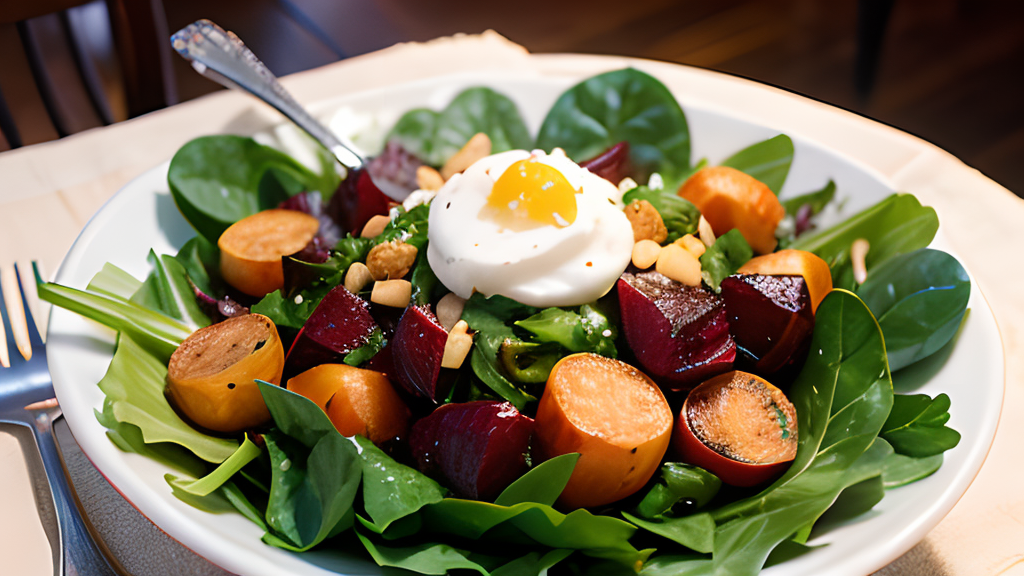
Pairing these vegetables with complementary ingredients such as pumpkin seeds and green peas adds depth and flavor to your meals.
Experimenting with seasoning and trying diverse cuisines can inspire innovative recipes that are not only rich in iron but also appealing and satisfying to your taste buds.
Combining Iron-Rich Foods for Maximum Absorption
Enhance your body’s iron absorption by pairing iron-rich vegetables with vitamin C sources like citrus fruits.
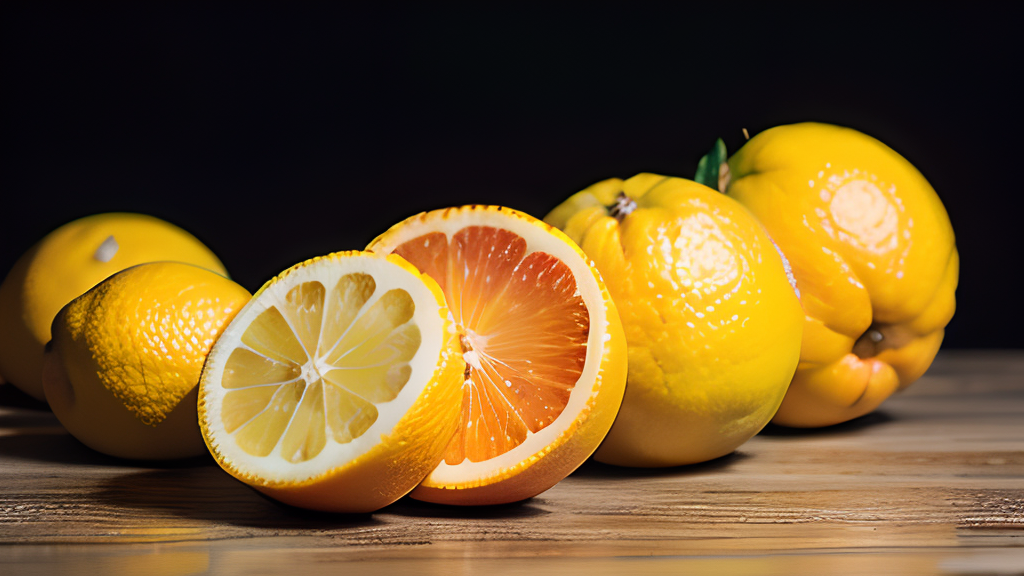
Incorporate iron enhancers such as vitamin C, meats, or fish, and avoid combining them with calcium-rich foods or drinks, like dairy products, to maximize your iron intake.
Experiment with food combinations that promote iron absorption and contribute to a balanced, iron-sufficient diet.
By exploring these strategies for combining iron-rich foods with enhancers, you can optimize your overall iron status and support a healthier lifestyle.
Iron-Rich Fruits and Their Benefits
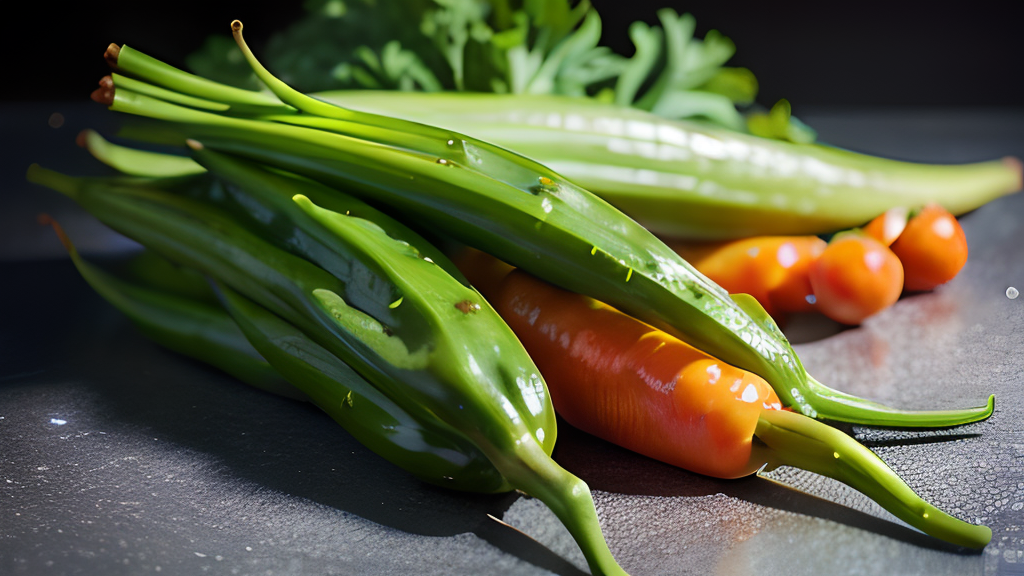
Boost your iron intake with a variety of fruit options.
Citrus fruits like oranges and strawberries are packed with vitamin C, enhancing iron absorption.
Additionally, apricots and raisins provide a good amount of iron, crucial for supporting red blood cells. Incorporating these fruits into your diet can help in maintaining healthy iron levels and supporting overall health.
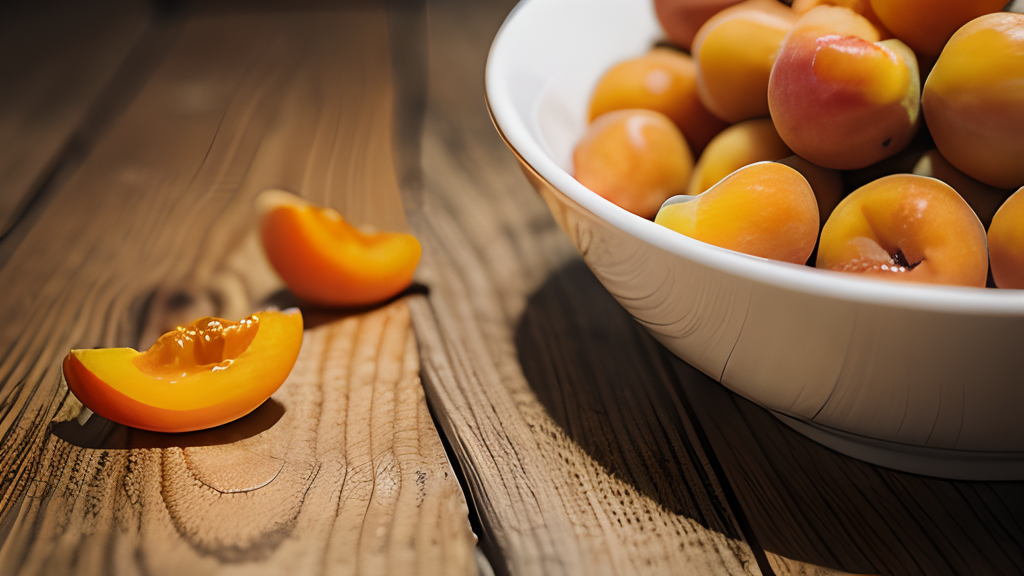
From preventing iron deficiency to contributing to various bodily functions, these iron-rich fruits offer a delicious way to meet your nutritional needs.
Citrus Fruits: Oranges and Strawberries
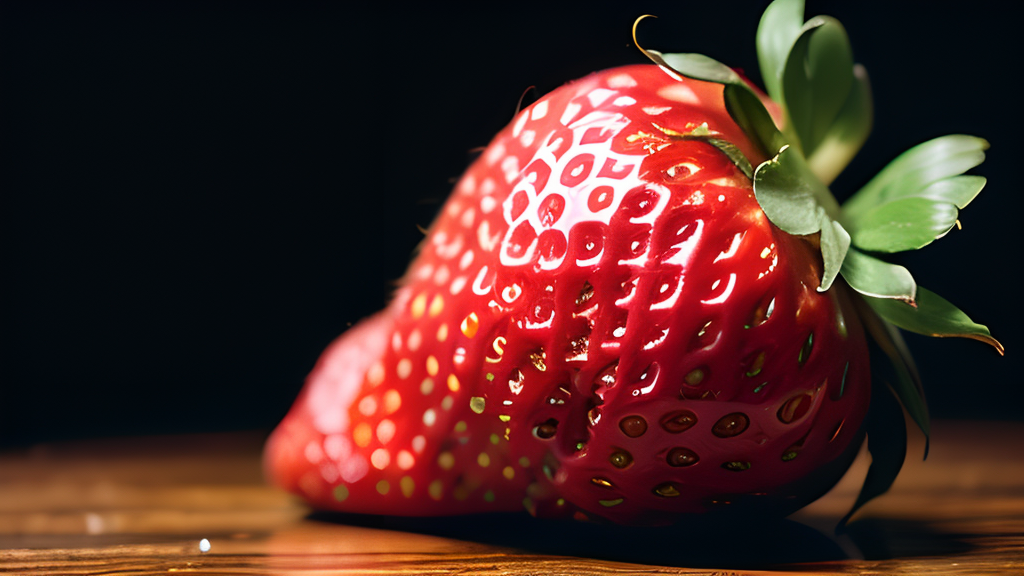
Oranges and strawberries, bursting with vitamin C, support iron absorption from plant foods, aiding hemoglobin and red blood cell production.
By regularly including these fruits in your diet, you can meet your iron intake needs and prevent iron deficiency.
With their substantial iron content, oranges and strawberries play a crucial role in maintaining overall iron levels, contributing significantly to your health and well-being.
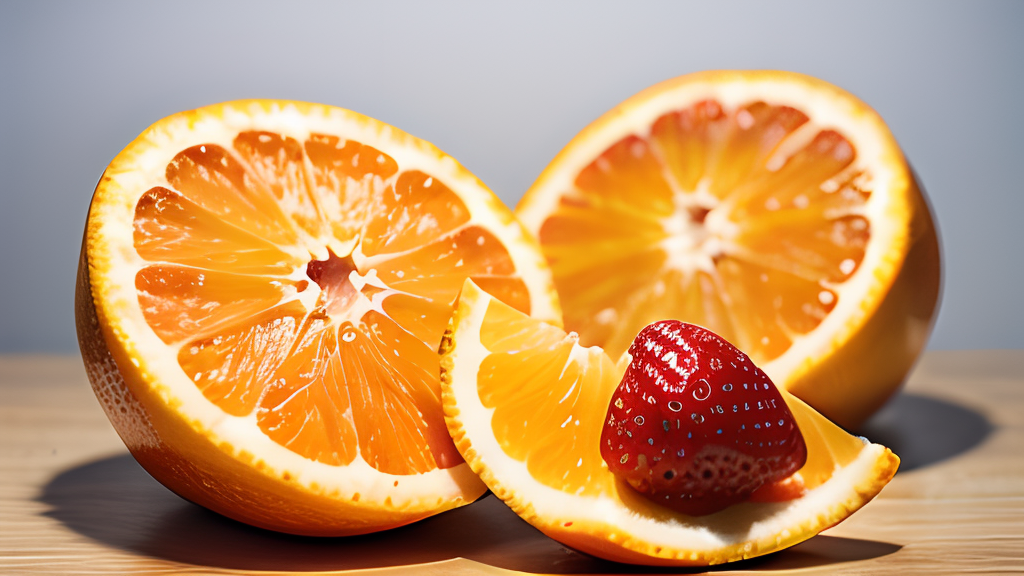
Embracing these citrus fruits as part of your diet is a delightful way to ensure you’re getting the iron your body needs for optimal functioning and vitality.
Other Fruits: Apricots and Raisins
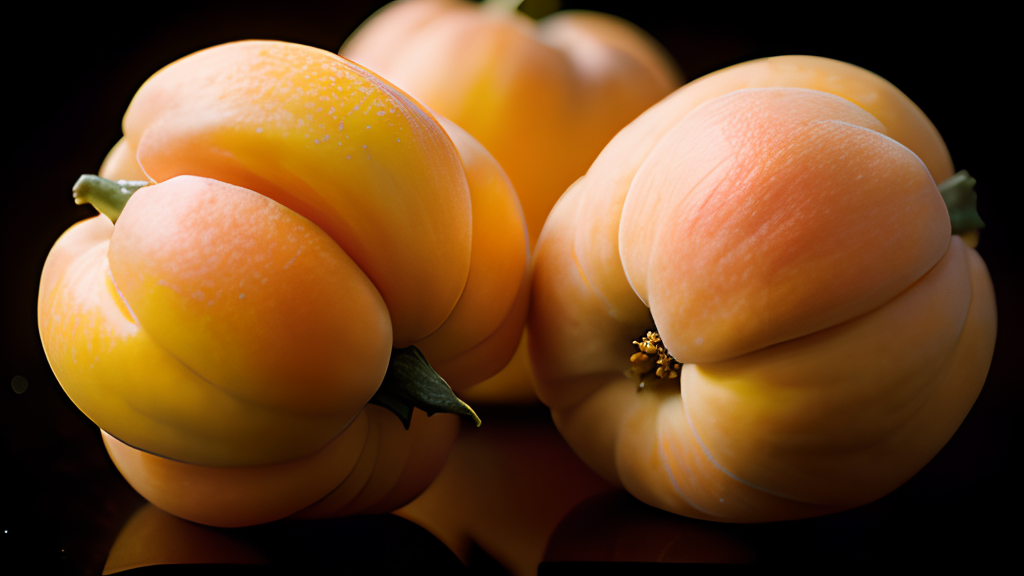
Apricots and raisins are valuable sources of much-needed iron, vital for maintaining healthy hemoglobin levels.
These fruits offer enough iron to facilitate the absorption of oxygen by red blood cells, supporting overall bodily functions.
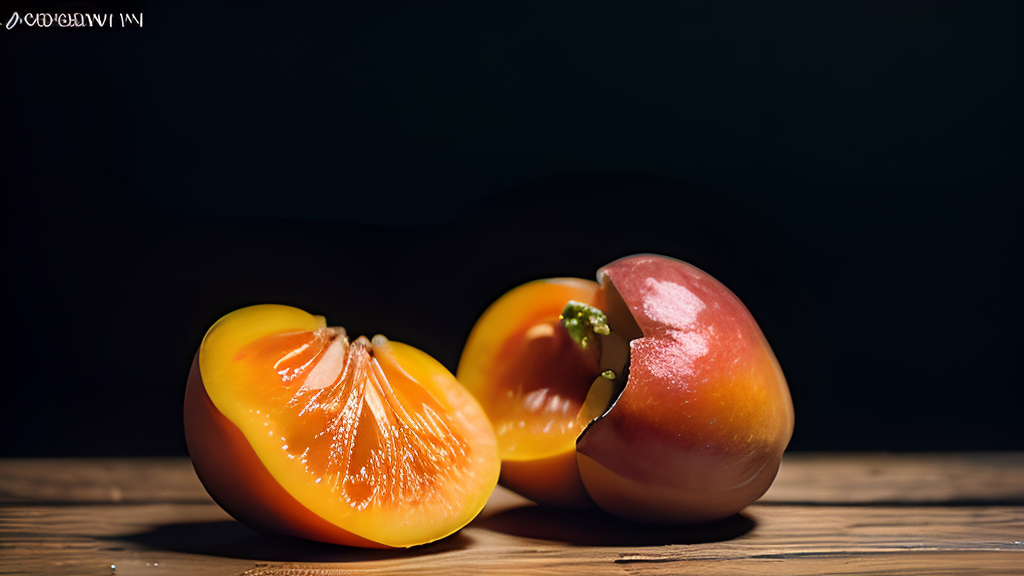
Including apricots and raisins in your diet provides essential food sources of iron, aiding in the prevention of iron deficiency anemia.
With about 0.36 mg of iron per 100 grams, apricots are a noteworthy addition to your diet, alongside raisins, which contain around 1 mg of iron per 100 grams, offering plenty of foods to support your iron intake.
Fruits for Better Sleep
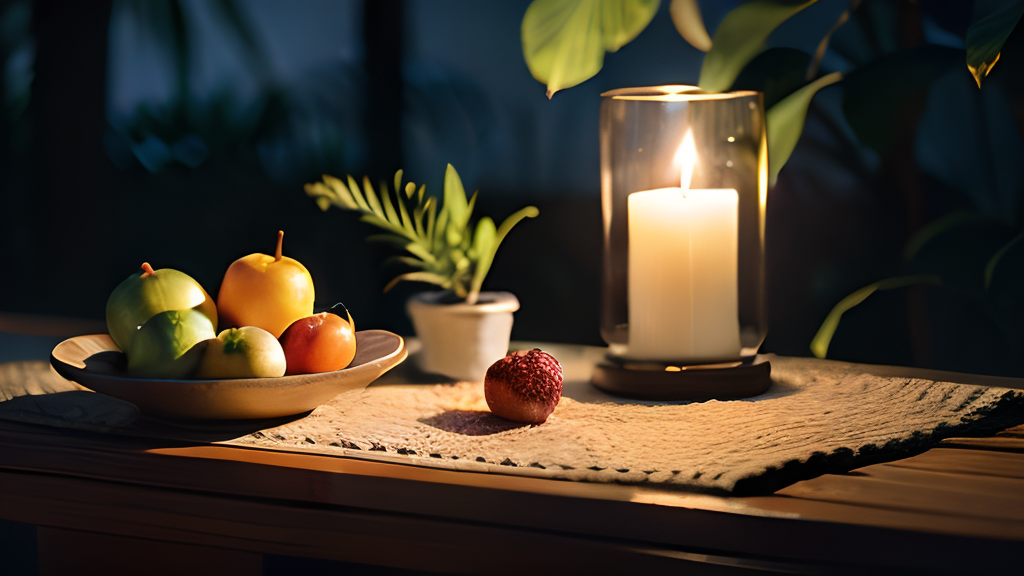
Promoting a restful night’s sleep, berries like tart cherries and kiwi are packed with sleep-enhancing nutrients.
Similarly, bananas and pineapples provide vitamins and minerals that support relaxation and improved sleep patterns.
Incorporating these fruits into your diet can aid in achieving better sleep quality and support the body’s natural sleep cycle.
By including sleep-enhancing fruits like berries, bananas, and pineapples, you can contribute to overall well-being, ensuring better sleep and improved health.
Berries: Tart Cherries and Kiwi
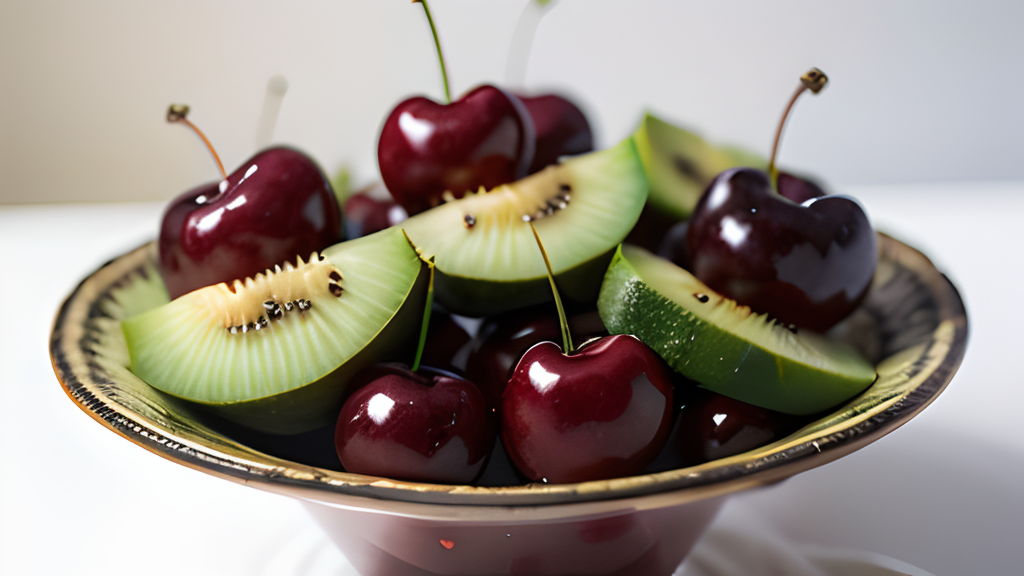
Tart cherries and kiwi, both rich in melatonin, help regulate the sleep-wake cycle while providing antioxidants for relaxation and improved sleep quality.
Including these fruits in your diet may promote restful and deep sleep, contributing to better overall sleep patterns.
By offering sleep-enhancing benefits, tart cherries and kiwi support a healthy and refreshing sleep routine, making them valuable additions to your daily intake of iron-rich foods.
Other Sleep-Enhancing Fruits: Bananas and Pineapple
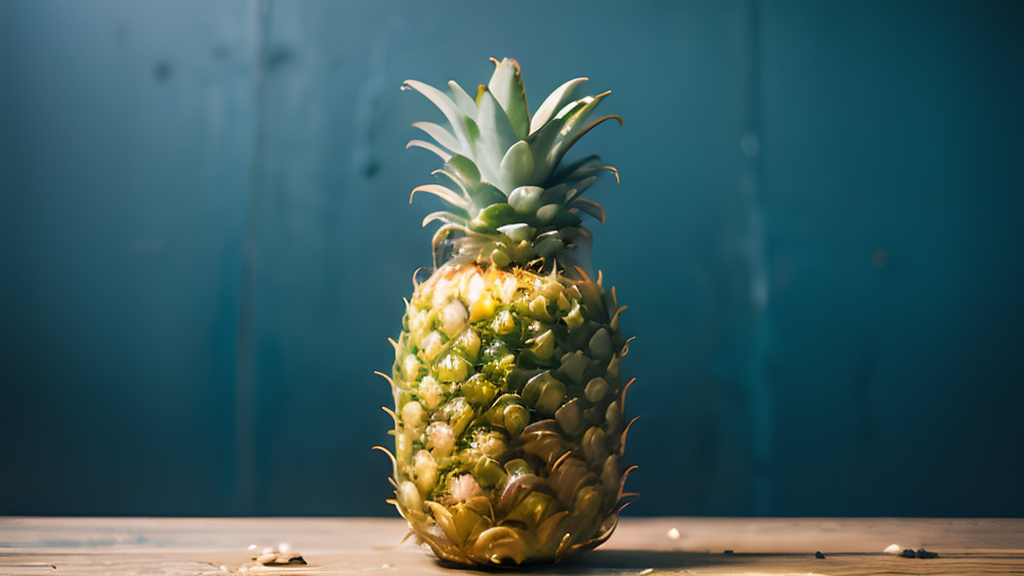
Promoting muscle relaxation and better sleep, bananas and pineapples contain magnesium, potassium, and nutrients vital for sleep quality.
These fruits are rich in vitamin B6, which aids in the production of serotonin, a neurotransmitter regulating sleep.
By incorporating bananas and pineapples into your diet, you can achieve improved sleep quality and relaxation, leading to a more restful and rejuvenating sleep experience.
Their sleep-enhancing properties make them valuable additions to your overall sleep routine, contributing to better sleep patterns and overall well-being.
Ranking Iron-Rich Foods: Nutrients, Calories, and Benefits
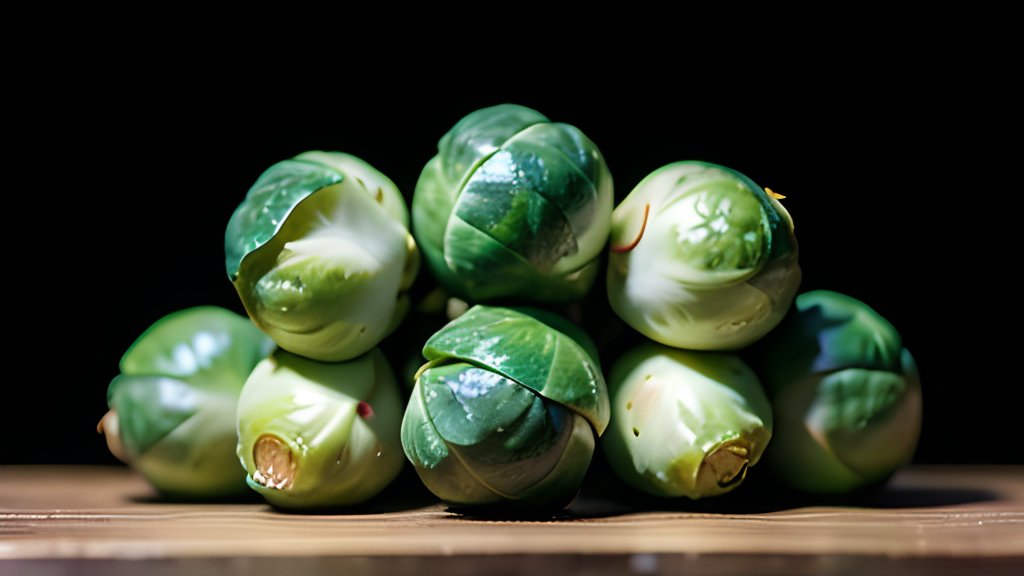
Iron-rich foods such as pumpkin seeds, brussels sprouts, sweet potatoes, cabbage, and cabbage offer much iron and essential nutrients.
Including these food sources in your diet can help meet your requirements for enough iron intake.
Leafy greens, like beet greens and collard greens, provide a good source of iron, contributing to healthy iron levels in the body, while also offering plenty of health benefits beyond just iron.
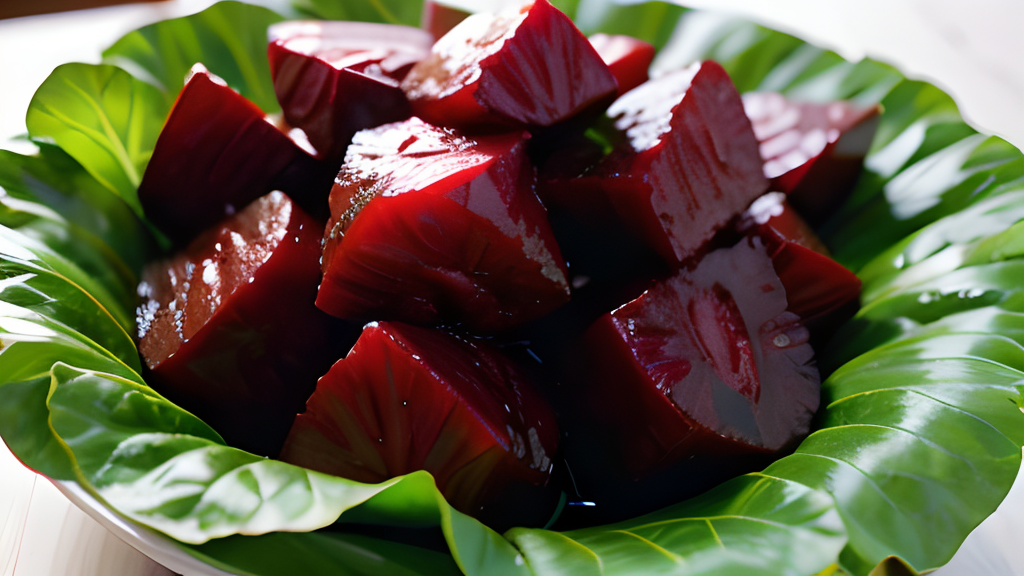
Consumption of navy beans, kidney beans, and other legumes can prevent iron deficiency, supporting optimal health.
How Can Iron-Rich Foods Improve Your Overall Health?
Iron-rich foods play a vital role in maintaining healthy red blood cells and supporting oxygen transport throughout the body.
Including these foods in your diet can prevent iron deficiency anemia and provide benefits like improved energy levels, cognitive function, and immune system support.
Consuming iron-rich foods contributes to overall health and wellness.
Conclusion
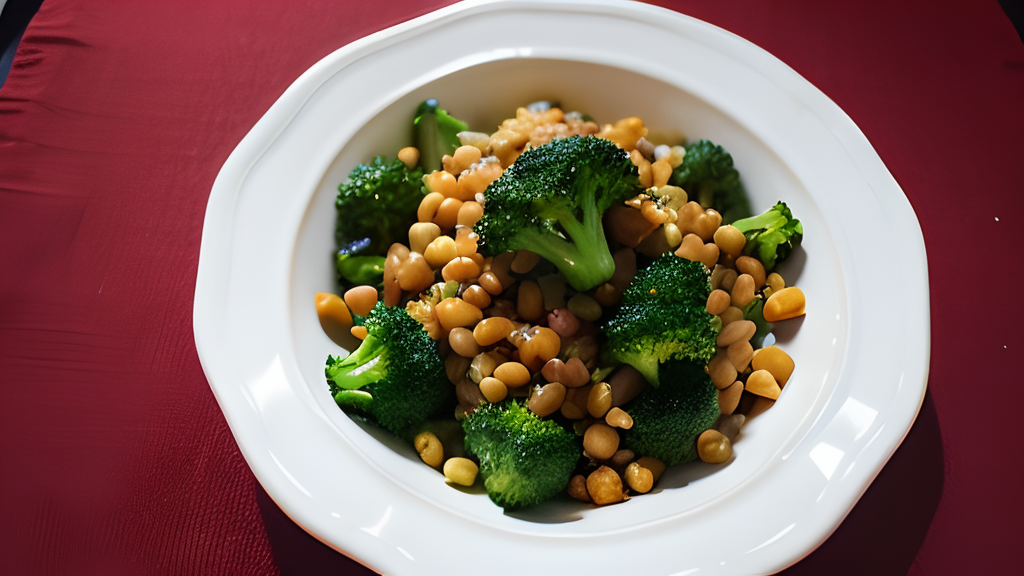
In conclusion, incorporating iron-rich vegetables into your diet is crucial for maintaining optimal health.
These vegetables provide essential nutrients and help prevent iron deficiency, which can lead to various health complications. L
eafy green vegetables like spinach and kale, legumes such as lentils and chickpeas, and cruciferous vegetables like broccoli and bok choy are excellent sources of iron.
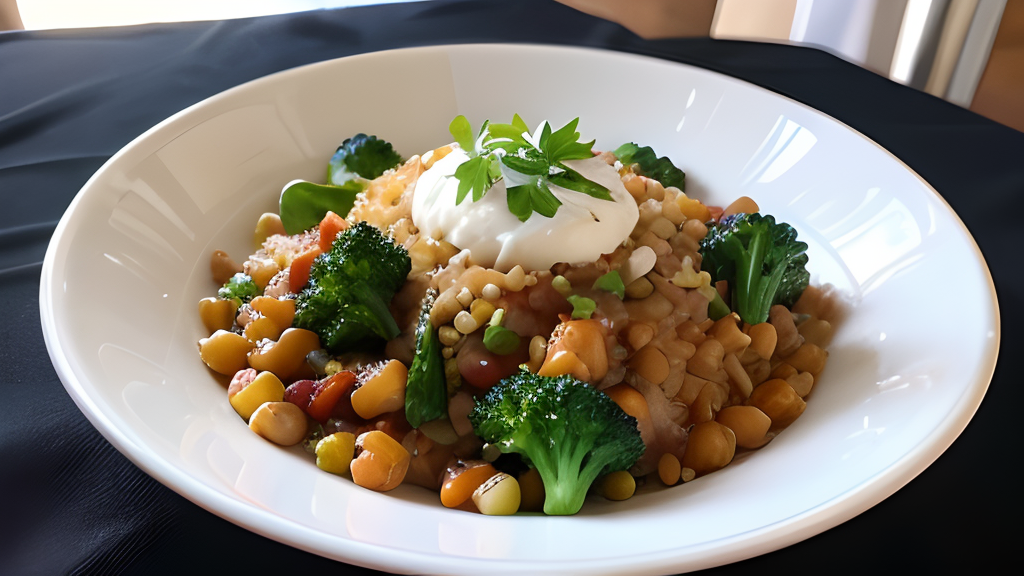
By including these vegetables in your meals, you can easily meet your body’s iron requirements. Additionally, combining iron-rich foods with vitamin C-rich foods can enhance iron absorption.
So, try adding citrus fruits like oranges and strawberries to your diet. Remember, a balanced diet that includes iron-rich vegetables and fruits can improve your overall health and well-being.
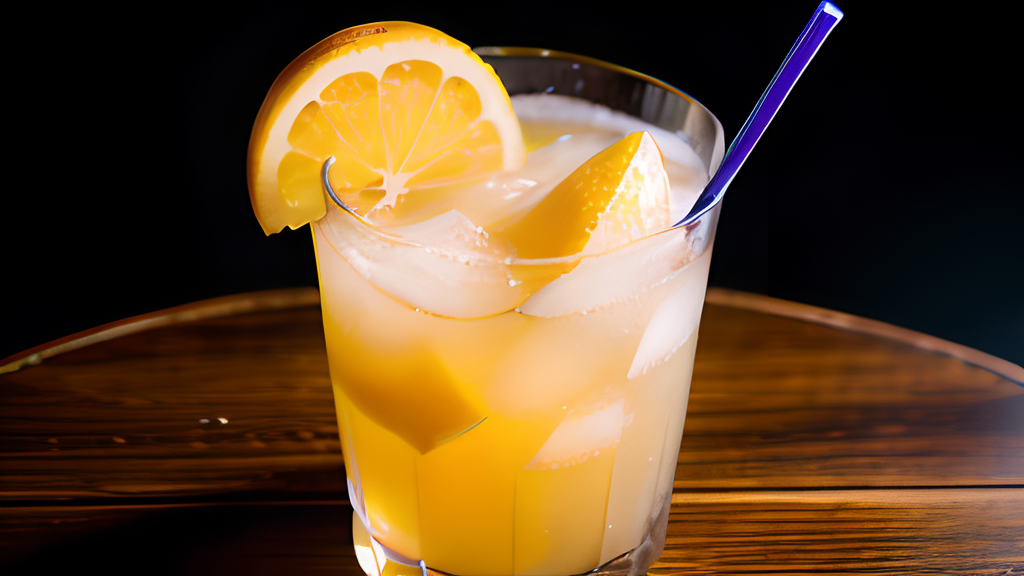
Start incorporating these nutrient-dense foods into your meals today for a healthier you.






